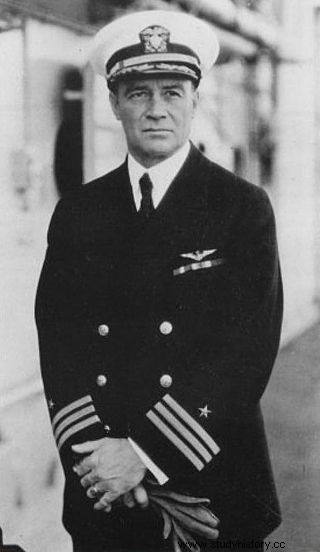On August 12, 2000, the worst disaster in the history of the Russian submarine fleet occurred, the sinking of the Kursk nuclear submarine and the death of all 118 crew members. During exercises of the Russian Northern Fleet in the Barents Sea, the Kursk it was to launch a torpedo without an explosive charge at a cruiser; instead of the movement of a torpedo, the operator of the acoustic sensor of the cruiser Peter the Great recorded an explosion, after which the ship suffered a strong shake. Actually, that shock came from an explosion that occurred in the Kursk which was several kilometers away... the Kursk was sinking . Although during all this time there has been speculation about the possible causes of the sinking of the submarine (an old mine from the Second World War, a torpedo from a US submarine...), I will stick with the most feasible version:the accidental explosion of a torpedo in one of the launch tubes causing the others to explode. I will also leave aside the reasons why Russia refused help from Norway and England and focus on the consequences of the tragedy:the entire crew buried alive in a submarine a hundred meters deep . Although the official Russian version claimed that the crew died within the first 8 hours, a cruise ship sailing through the area registered hits from the interior two days later. Forty-eight hours banging on the hull hoping to be rescued, but no one came. So is getting stuck in a sunken submarine a death sentence? According to Kenneth Whiting , officer of the United States Navy , it can be escaped.

Kenneth Whiting was one of the first officers to work with US submarines and would later go on to have a long and successful career as an aviator in the United States Navy he (he commanded the first squadron to arrive in Europe). On November 20, 1908 he was appointed commanding officer of the submarine USS Porpoise at the naval base of Cavite (Philippines). On April 15, 1909 he decided to put into practice a theory that had been in his head for a long time... escape from a submarine using the launch tubes as if it were a torpedo . Together with the six members of the crew, he left the port and stabilized the submarine in Manila Bay in a little more than twenty feet; there he informed the crew of his intentions.

Kenneth Whiting
In order to prevent accidental flooding, the torpedo launch tubes were equipped with watertight compartments, so that the outer hatches can only be opened when the inner ones have been closed and the tubes have filled with water. Kenneth Whiting stepped into one of the eighteen-inch-diameter tubes, filled the compartment with water, and opened the outer hatch. He crawled through the tube and made it out, diving to the surface in 77 seconds. He submitted a report to his superiors with the results of his experiment… but it was never taken into account.
Years later, in 1920, the submarine USS S-5 sank in Delaware Bay (USA). Someone remembered Whiting's idea, but it was dismissed because the Porpoise test it had been carried out in clear, crystalline waters and at a shallow depth; the S-5 was at a depth ten times greater and in very cold waters almost below zero. At a depth of ten meters the external pressure on the human body is double that on the surface, at twenty three times more... In order to use the Whiting technique, the conditions had to be too benign to include it in the safety protocols.
